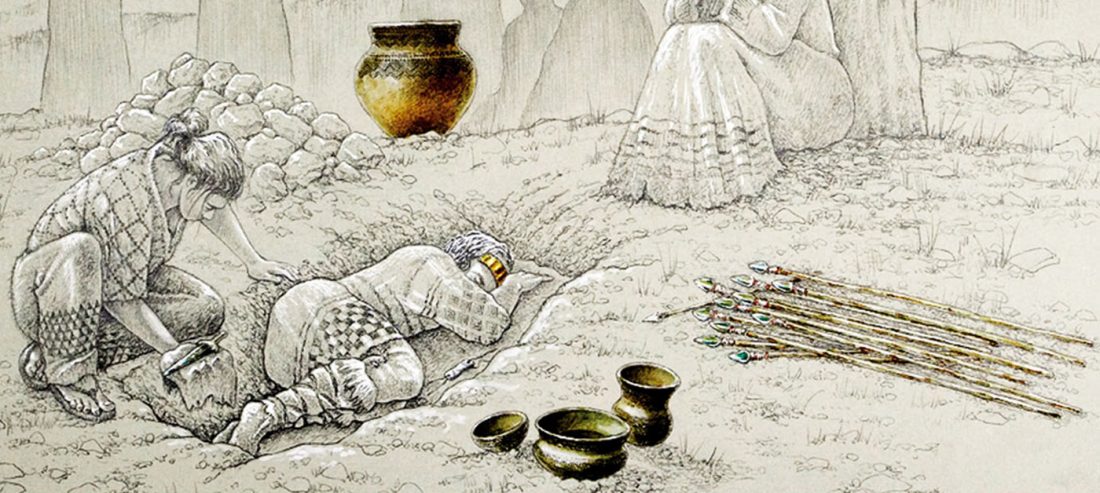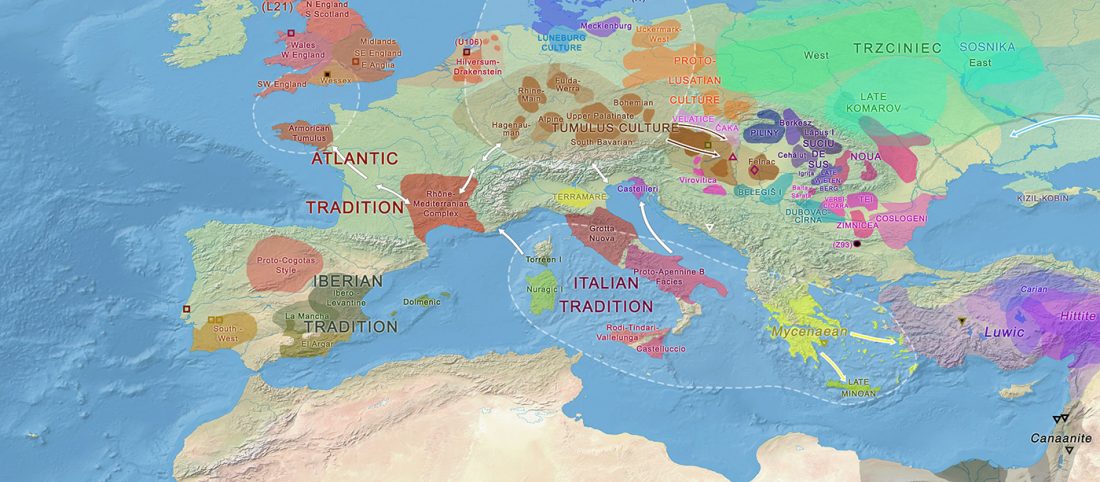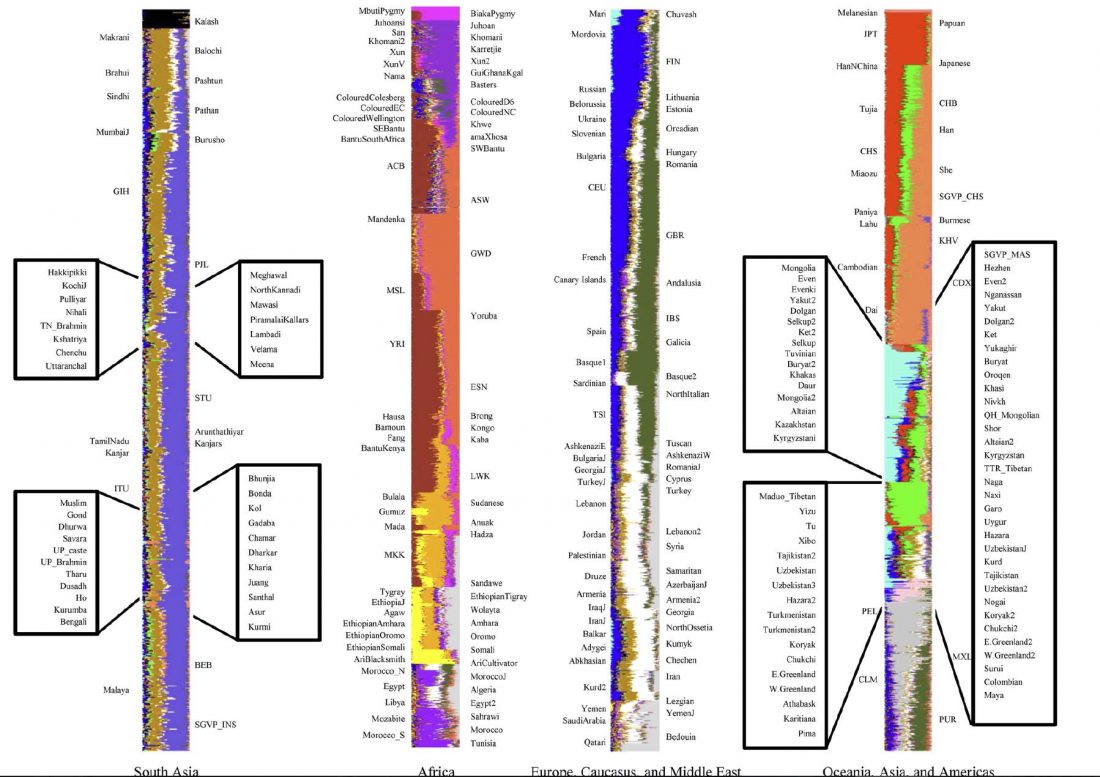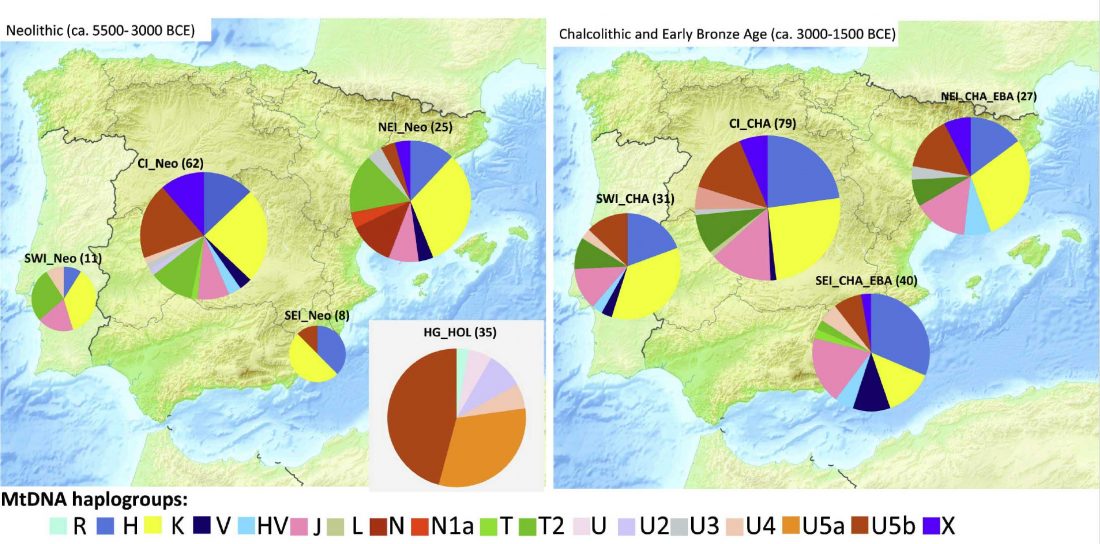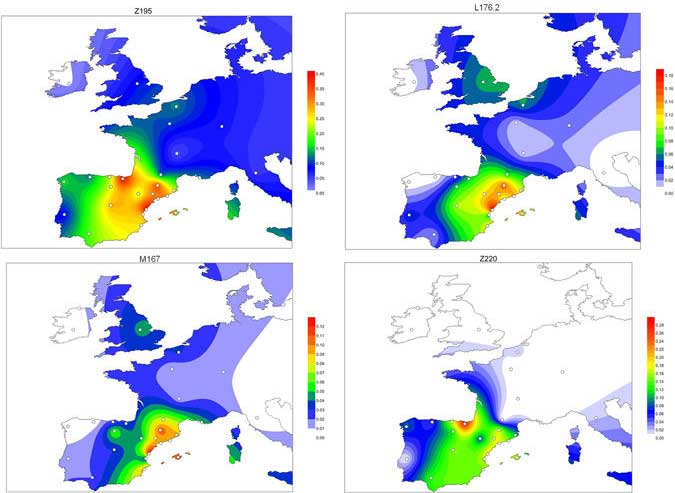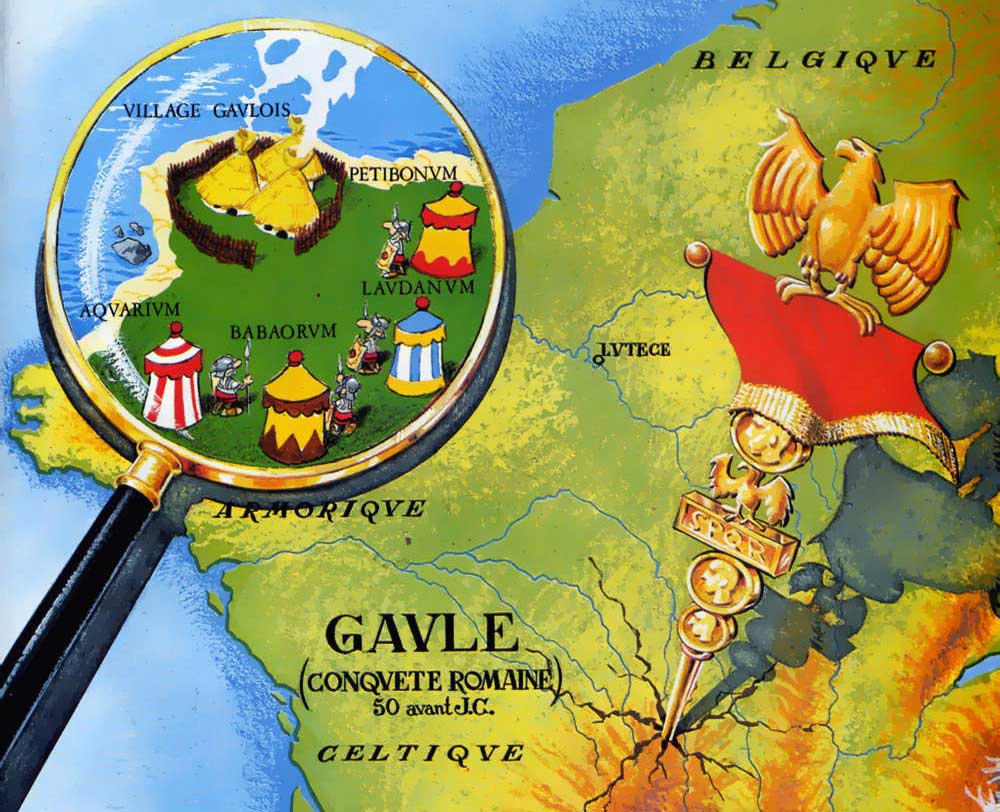Iberia in the Copper and Early Bronze Age: Cultural, demographic, and environmental analysis
New paper (behind paywall), Cultural, Demographic and Environmental Dynamics of the Copper and Early Bronze Age in Iberia (3300–1500 BC): Towards an Interregional Multiproxy Comparison at the Time of the 4.2 ky BP Event, Blanco-González, Lillios, López-Sáez, et al. J World Prehist (2018).
Abstract (emphasis mine):
… Read the rest “Iberia in the Copper and Early Bronze Age: Cultural, demographic, and environmental analysis”This paper presents the first comprehensive pan-Iberian overview of one of the major episodes of cultural change in later prehistoric Iberia, the Copper to Bronze Age transition (c. 2400–1900 BC), and assesses its relationship to the 4.2 ky BP climatic event. It synthesizes available cultural, demographic and palaeoenvironmental evidence by region between
